What Did Animals Used To Look Like
Animals
10 animals with pre-historic roots
Always since the first discovery of dinosaur fossils, people have been captivated; wondering what life would be like if prehistoric animals and humans co-existed. Who isn't gripped by the thrilling concept of a giant lizard predator chasing them down the street? Or simply by being able to wave at a passing Stegosaurus?
That said, humans already share the planet with species that are only as quondam equally dinosaurs and others that are directly descended from them. Some haven't inverse much over the past tens of millions of years, whilst others are practically unrecognisable.
1. Crocodiles
This is what yous came for: big, scary reptiles, right? Well, crocodiles share a heritage with dinosaurs as part of a group known as archosaurs ("ruling reptiles"), who engagement dorsum to the Early Triassic period (250 one thousand thousand years ago). The earliest crocodilian, meanwhile, evolved effectually 95 million years ago, in the Late Cretaceous catamenia. Modern solar day crocodiles descended from prehistoric alligators such as Deinosuchus; low to the footing water-dwelling predators with a long snout, a powerful tail and lots and lots of teeth.
Interestingly, bated from crocodiles, the only other archosaurs known to take survived into the modern era are birds. This means that crocodiles are closely related to the ducks in your local pond, so be conscientious the next time you go to feed them (only in case).
Commodity continues below
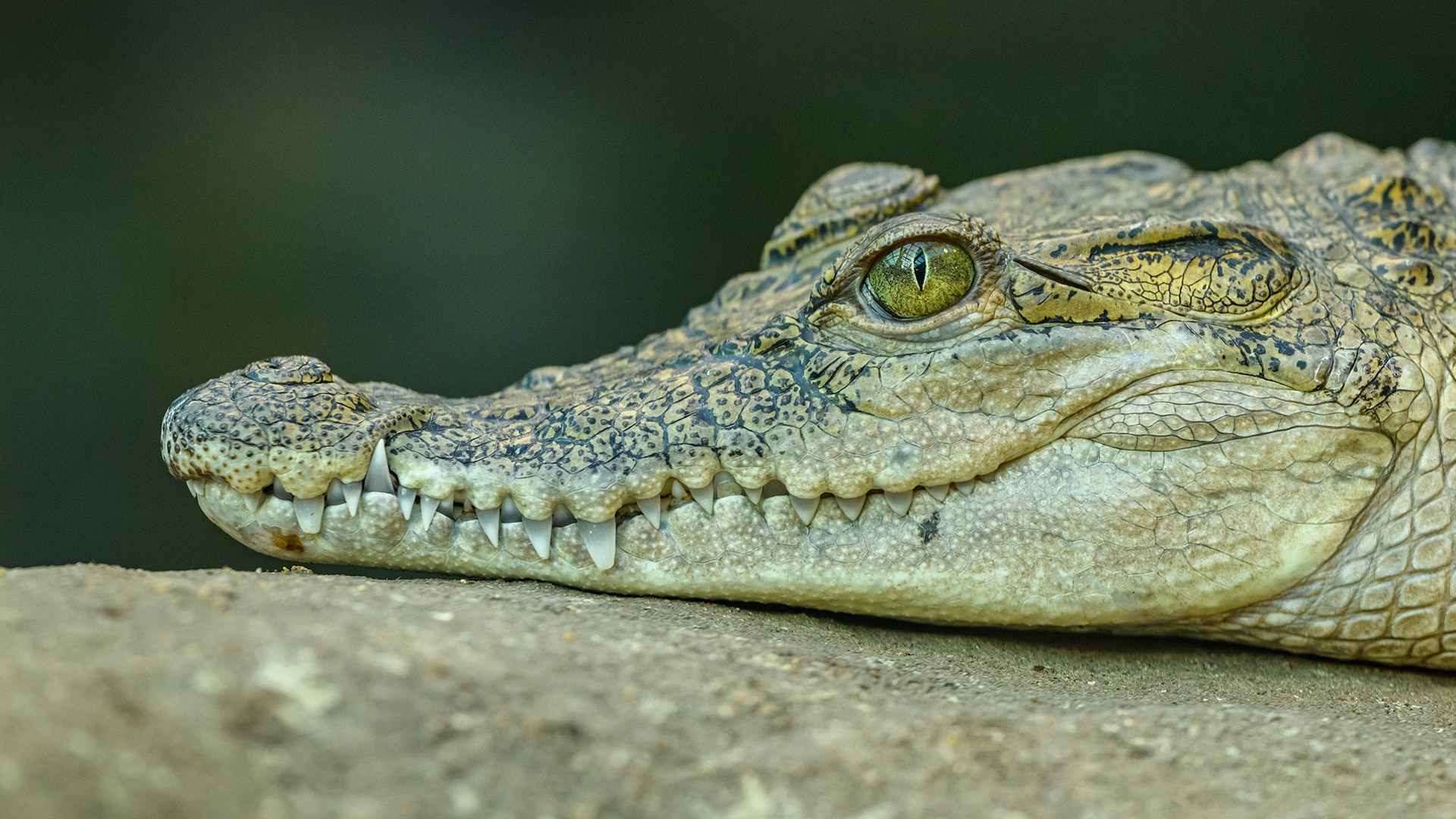
two. Cassowaries
Judging by its giant, hook-like feet alone, it'southward easy to see why people think this giant bird is directly descended from dinosaurs such as velociraptors. They are the third largest bird species in the globe and accept been known to attack humans. These creatures can be found in northern Commonwealth of australia, Papua New Guinea and Indonesia, and have signature blue necks. Some fun facts for you: they produce greenish eggs and are also actually good swimmers.
One of the other characteristics that may link the cassowary to dinosaurs is their casque – the leathery crest on their heads from which their name is derived ("kasu" ways horned in Papuan, while "weri" ways head). The apply of this quiff-like appendage is a topic of some debate. Some scientists believe it can exist used to reduce oestrus 1 , while others suggest information technology's used to help the cassowary achieve its booming telephone call two , which can hit frequencies that are likewise low for humans to hear.

3. Tuatara
Here is a similarly remarkable beast, and the sole survivor of a genetic lineage that originated in the early on Triassic. Tuataras are members of the reptile group Rhynchocephalia, which blossomed into total diverseness between 240 one thousand thousand and 60 million years agone. They live in the islands off the coast of New Zealand, feeding on beetles, spiders, and snails, every bit well as small birds that they decapitate with their saw-like teeth. Tuatara can live to be around 100 years old and operate surprisingly well in low temperatures.
They may exist commonly referred to as a living dinosaur, merely to illustrate just how genetically isolated tuataras take become every bit a species, permit's look at some statistics. 3 Among the animal grouping "amniote vertibrates", there are 30,000 modern species divided into 6 major groups: birds (at to the lowest degree 15,845), lizards and snakes (10,078), mammals (v,416 species), turtles (341), crocodilians (25), and, erm, tuatara (1).

iv. Sharks
In a fashion, it's an insult to sharks to consider them modern day dinosaurs because they're much older. Their ancestors evolved into recognisably shark-like shapes over 450 1000000 years agone, during the Silurian period . They accept survived every major extinction event since the seas were filled with Trilobites . By dissimilarity, dinosaurs are just a flash in the pan.
With a lineage this lengthy, the scope for multifariousness four in terms of their brand-up and appearance is huge. As with many of the species in this list, there are giants lurking in the shark family tree, such as the Megalodon. And while we may recall that hammerhead sharks are odd, their T-shaped heads are nothing compared to the dinner plate sized, spiral-shaped tooth structure of the Helicoprion, or the anvil-shaped dorsal fin of theStethacanthus. Some species of shark fifty-fifty developed the power to glow in the dark, which would have made Jaws a very different picture, visually speaking.

5. Lizards
While they share a reptilian ancestry that goes dorsum millions of years – and accept many common genetic traits, such as the laying of eggs – lizards and dinosaurs went on to follow split paths of evolution. This is most axiomatic when you consider their legs. If yous imagine any of your favourite dinosaurs, their legs point direct to the footing, like those of horses or humans. Past dissimilarity, lizards and crocodiles have legs that sprawl out to the side.
In fact, for all that dinosaur means "terrible lizard", lizards are only a afar relation to any archosaurs, having split from their common beginnings when they first emerged in the Belatedly Triassic. They – and their ophidian cousins, under the imprint of squamates – went on to adapt and modify, resulting in more than than x,000 living species and hun-dreds of now-extinct ones. Depending on circumstance, lizards accept had the time to develop a breath-taking arsenal of abilities; pond, gliding, scaling trees and hanging from ceilings, climbing sheer surfaces, walking on water and losing and re-growing their ain tails. This extreme adaptability is almost certainly the key to their survival in the face of several significant extinction events.
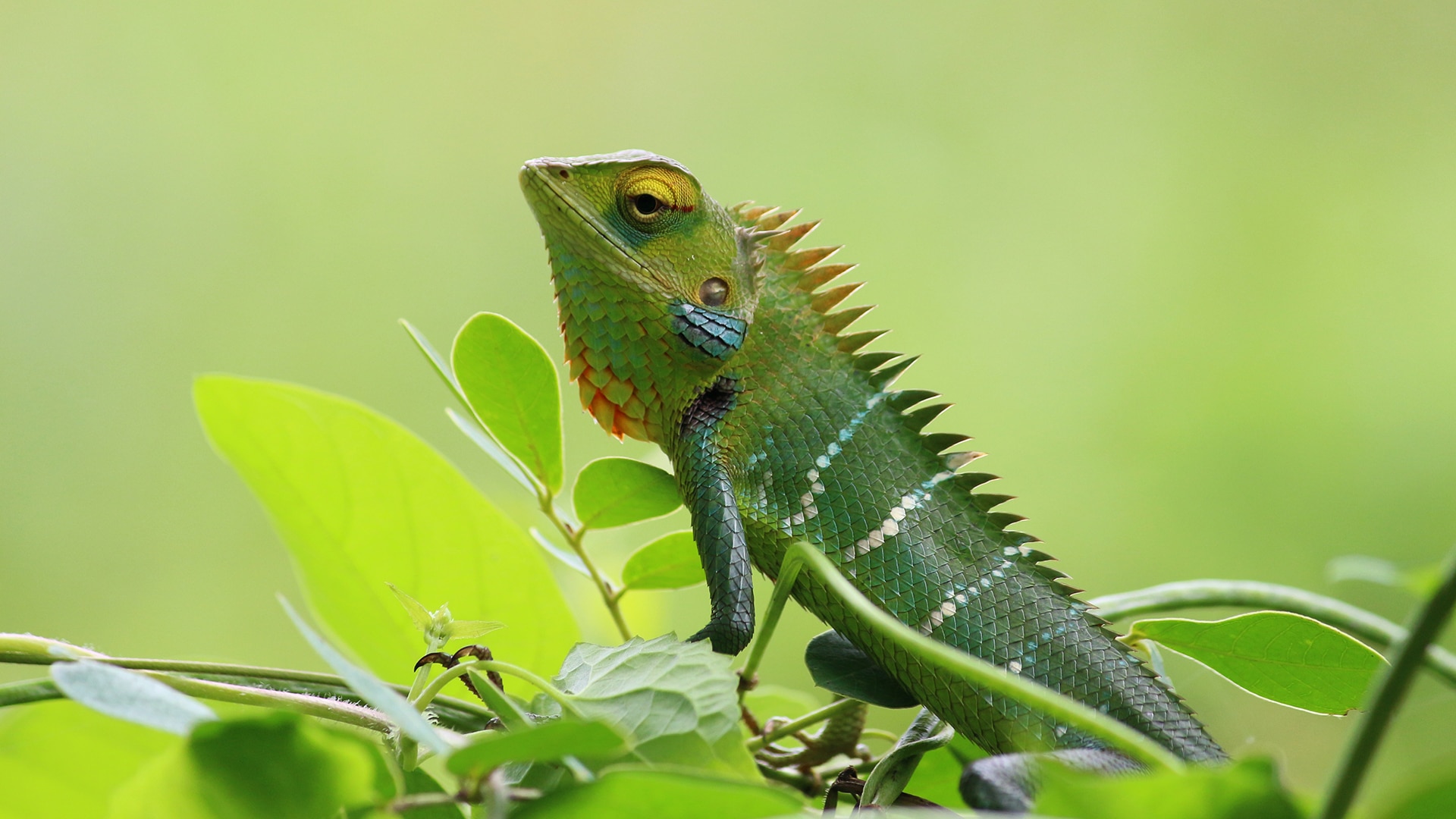
six. Venereal
They're non dinosaur descendants, they're non lizards and they did non evolve into birds, but crabs deserve a special mention in this list for developing the kind of personal armoury that, pound for pound, would brand an Ankylosaurus recall twice.
Lobsters and other filter-feeding crustaceans first emerged millions of years earlier dinosaurs, and in fact the creatures nosotros call horseshoe crabs (more than closely related to spiders than modern crabs) appeared around 450 meg years agone. Merely true venereal are a dinosaur-era phenomenon, every bit they arrived on the scene between 200 and 150 million years ago. They flourished so well in fact, that scientists have ascribed a name to their greatest menstruation of diversity, during which fourscore% of modern crab groups evolved: "the Cretaceous crab revolution". 5 Their diversification paved the way for crabs to inhabit a wide diverseness of environments. This laid the background for them to survive the mass extinction event that wiped out three quarters of the plant and creature species on World, including dinosaurs.
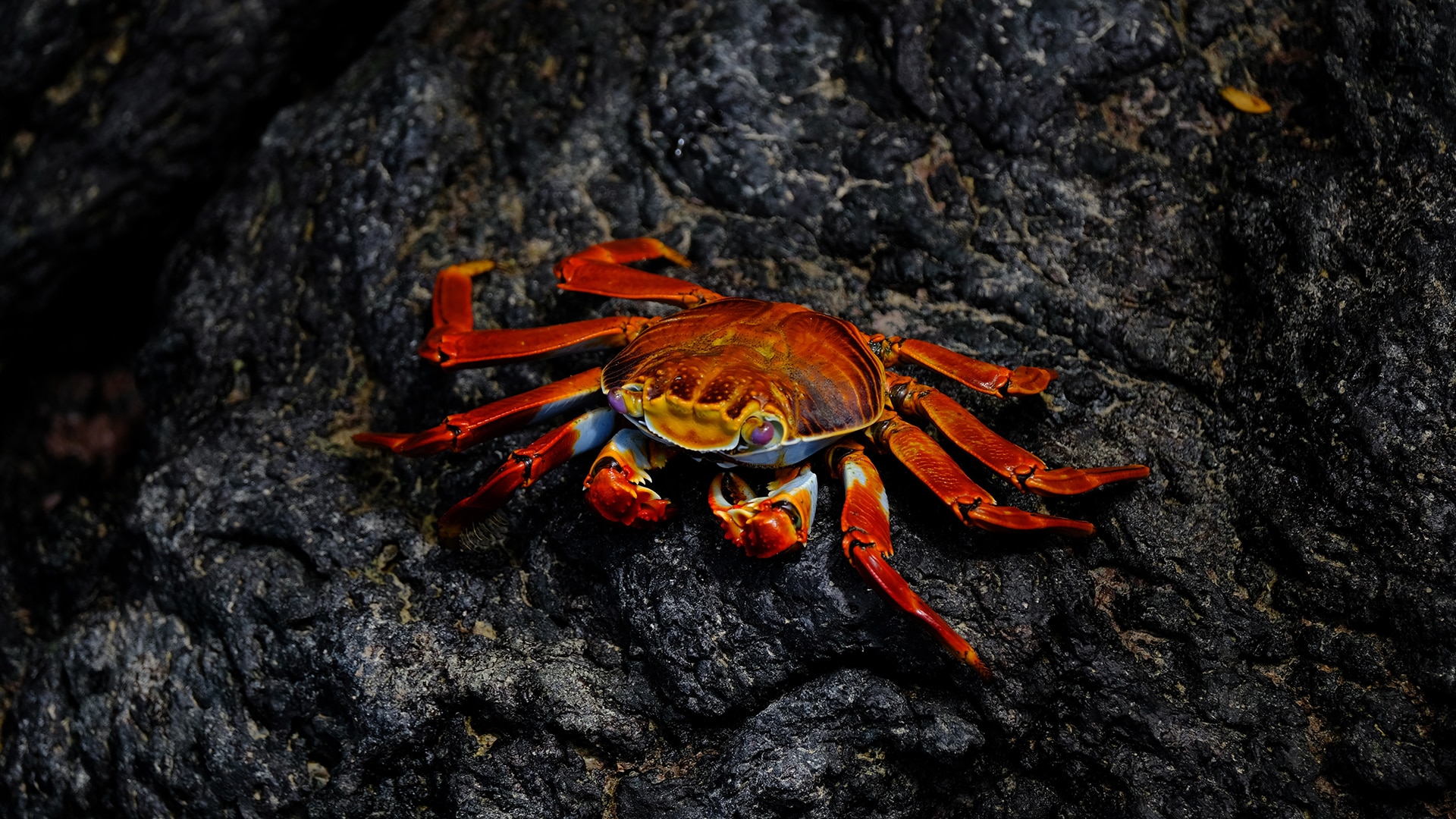
vii. Ostriches
Ostriches, cassowaries, kiwis and emus vest to a grouping of large flightless birds called ratites. Their link with the dinosaurs? Ornithologist Peter Houde six , of the Smith-sonian Establishment, put frontwards the theory that small dinosaurs evolved into small birds, some of which flew to environments where their success every bit a species depended on staying on the basis. He felt that ratites had evolved "backwards" into a loss of flight, otherwise at that place could be no explanation for their sudden appearance in vari-ous island landmasses. The contrary evolution might also explain the shaggy feathers and "reptile jaw" of the ostrich, which may have grown to its current size in order to fight off larger predators.

viii. Bounding main turtles
Turtles are uncommonly successful as a species. They are part of the Testudine grouping of reptiles, including tortoises and terrapins, found on every continent apart from Antarctica, which take evolved to live on land and in both table salt and fresh water. They share common ancestry with dinosaurs – having starting time appeared around 230 million years ago – and show remarkable resilience considering their beau creatures are being wiped out. Turtles also survived one mass extinction at the end of the Tri-assic period that left an evolutionary infinite for dinosaurs to evolve, as well every bit the ane at the end of the Cretaceous era that and then wiped out the dinosaurs.
Those shells are clearly very tough, because immediately later on that ending, turtles began to diversify, hugely. There is some debate as to whether turtles count as archosaurs or whether they are more closely related to snakes and lizards. Dr Terri Cleary from the Museum of Birmingham explained the problem: "They probably originate from some sort of reptile that gradually expanded its ribs out and those became its crush. But we don't accept that many informative transitional fossils." 7
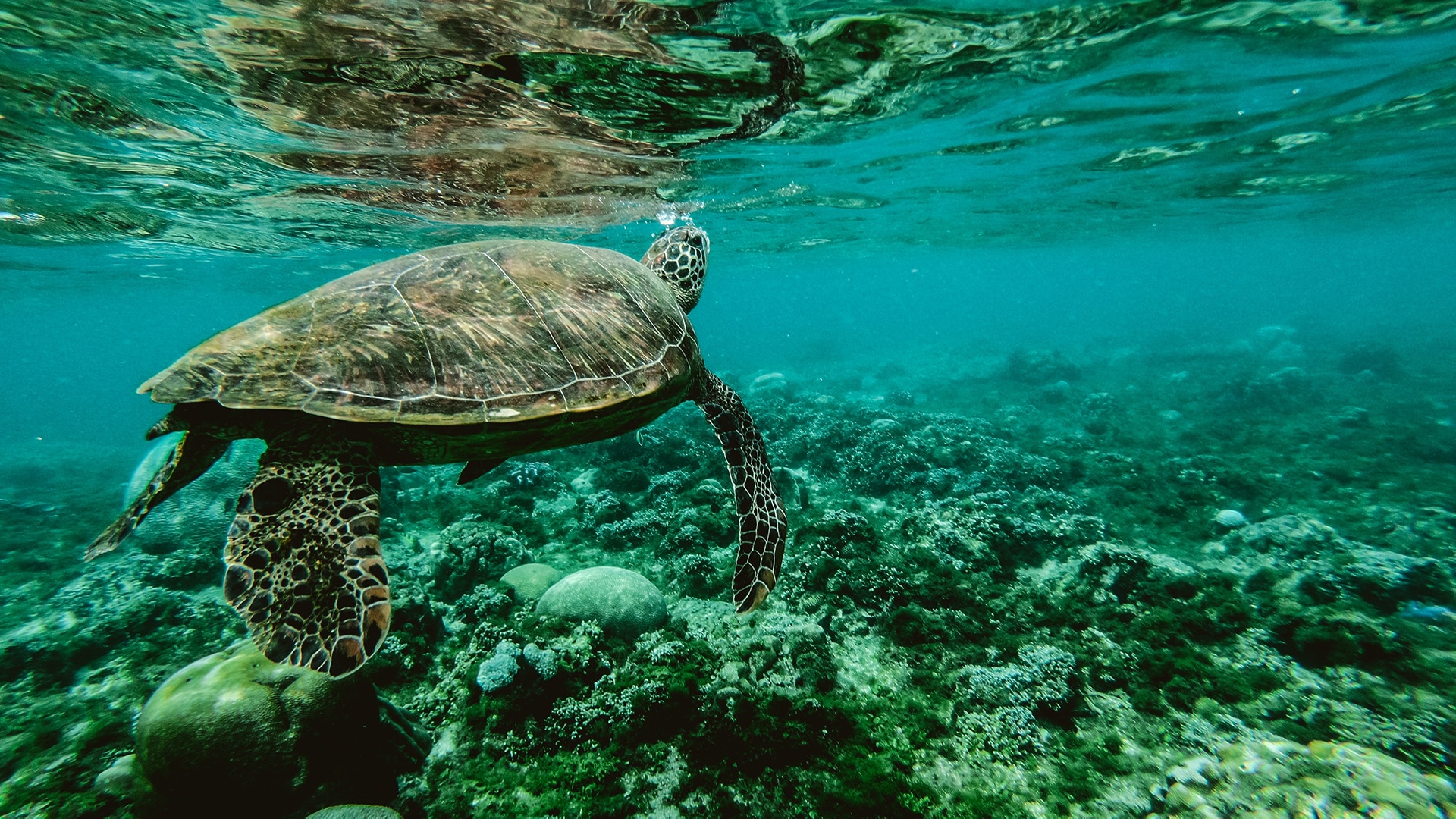
9. Chickens
The evolutionary link between dinosaurs and birds is well established, fifty-fifty within the not-always-scientifically-accurate globe of Jurassic Park. A more recent discovery is that one particular dinosaur – the T. rex – shares some fundamental molecular structures with the common craven.
In 2003, Jack Horner and Mary Schweitzer were attempting to extract a giant fossilized T. rex femur from a dig and had to break the bone in half to do so. 8 Within, they constitute molecules of the structural protein collagen, which takes different forms in different animals, acting as a kind of poly peptide fingerprint. As there was no other dinosaur collagen to piece of work with, they cross-referenced the Tyrannosaur collagen with mod 24-hour interval animals, including humans, mice and salmon. The closest match was institute in chickens and ostriches – two species that accept surprisingly little in mutual, genetically speaking – with alligators coming in third.

10. Snakes
If whatever animal deserves to be called a terrible lizard, information technology's a snake. They have populated our nightmares for and so long and taken a central role in our phobic mythologies. Even Harry Potter's villainous Voldemort has a snake as a pet. At that place is, as the Beatles might put it, something in the way they move.
The snake is some other species that evolved to how we know it today by getting rid of primal avails – most notably legs, and several bones in the skull that prevented total mobility. ix The Creta-ceous-era marine squamate Pachyrhachis problematicus (every bit described by Michael Caldwell and Michael Lee in Nature) tin exist considered a primitive snake. 10 It has an elapine slender body and mobile skull with extra joints for larger prey, only too a working pelvis and hind limbs.
Oh, and if y'all didn't already notice snakes creepy enough, consider this: considering they have such narrow bodies, snakes take arranged their kidneys one in front of the oth-er, rather than side past side. For the same reason, snakes either predominantly favour the right lung over the left, or get by with just the one. Sleep tight!
So, the side by side time you discover yourself watching Chris Pratt trying to exercise his Velociraptor-whisperer act in Jurassic World, consider how much more realistic it might be to have him face down three angry emus, or a crocodile with a grudge.
We are walking with dinosaurs all the time and we should proceed to exist both grate-ful and amazed that this continues to be the case.
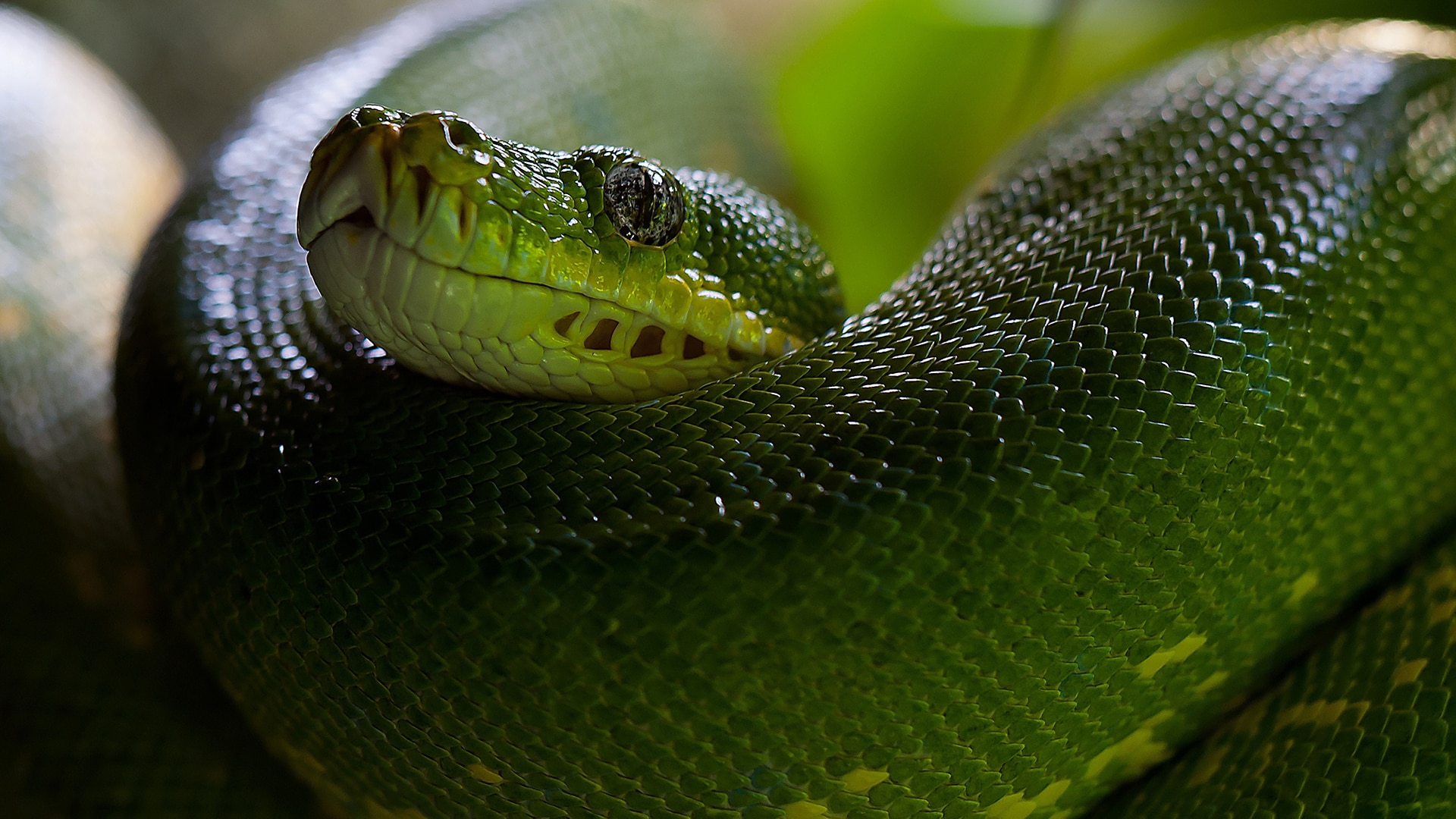

Source: https://www.bbcearth.com/news/10-animals-with-pre-historic-roots
Posted by: bellewliselther.blogspot.com

0 Response to "What Did Animals Used To Look Like"
Post a Comment